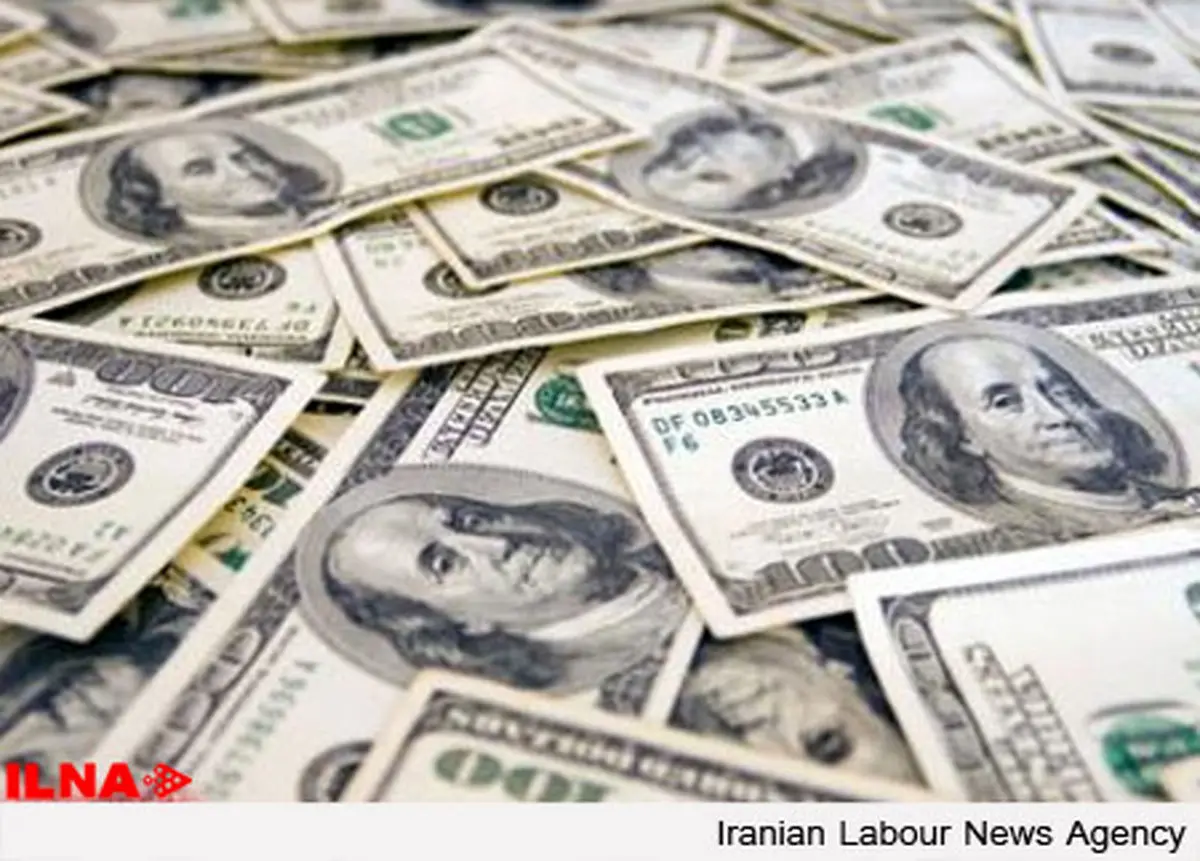U.S. dollar nurses losses as investors embrace riskier assets

The dollar nursed losses on Wednesday as progress in developing a novel coronavirus vaccine and expectations for a fiscal boost from a new U.S. government triggered a shift of funds from the greenback to riskier assets.
The U.S. currency teetered near a two-month low against the Australian dollar and a two-year low against the New Zealand dollar, both considered barometers of risk sentiment due to their close ties with the global commodities trade.
Bitcoin, a cryptocurrency known for extreme volatility, also traded near an all-time high, in a further sign that investors are growing more comfortable taking on riskier positions.
The U.S. dollar is expected to continue to fall as progress on a vaccine and the expected choice of former Federal Reserve Chair Janet Yellen as the next U.S. Treasury secretary relieved two big uncertainties for investors.
“Rising yields may lend the dollar some support, but the overall direction is it will head lower,” said Junichi Ishikawa, senior foreign exchange strategist at IG Securities in Tokyo.
“The trend has shifted to favour risk assets. Yellen will team up with the Fed and support the economy. U.S. rates will remain low for a long time.”
The dollar stood at $1.1904 against the euro on Wednesday, close to a two-week low.
The British pound bought $1.3349, close to its highest in more than two months.
Against the yen, the dollar held steady at 104.46.
Research suggesting that a COVID-19 vaccine could be available before the end of the year has sent U.S. stocks surging to record highs and reduced the appeal of holding the dollar as a safe-harbour currency.
Risk appetite has also improved after U.S. President Donald Trump’s administration began cooperating with the President-elect Joe Biden’s transition team, and after reports that Yellen, an advocate of more fiscal spending, will take the top job at the Treasury.
The dollar index, pitting the dollar against a basket of six major currencies, was at 92.121 after falling 0.4% on Tuesday.
The onshore yuan rose to 6.5799 per dollar on hopes for better Sino-U.S. ties under Biden. Other Asian currencies also edged higher.
The Antipodean currencies were already on the front foot as investors unwound bets for additional monetary easing in both countries.
Improving risk appetite means the Australian dollar’s next target is its high of $0.7413 on Sept. 1.
The New Zealand dollar, which has rallied 5.5% so far this month, is trading just shy of its strongest since June 2018.
Bitcoin, the most popular cryptocurrency, eased slightly to $18,852 but was still near its record of $19,666 from December 2017.
END
